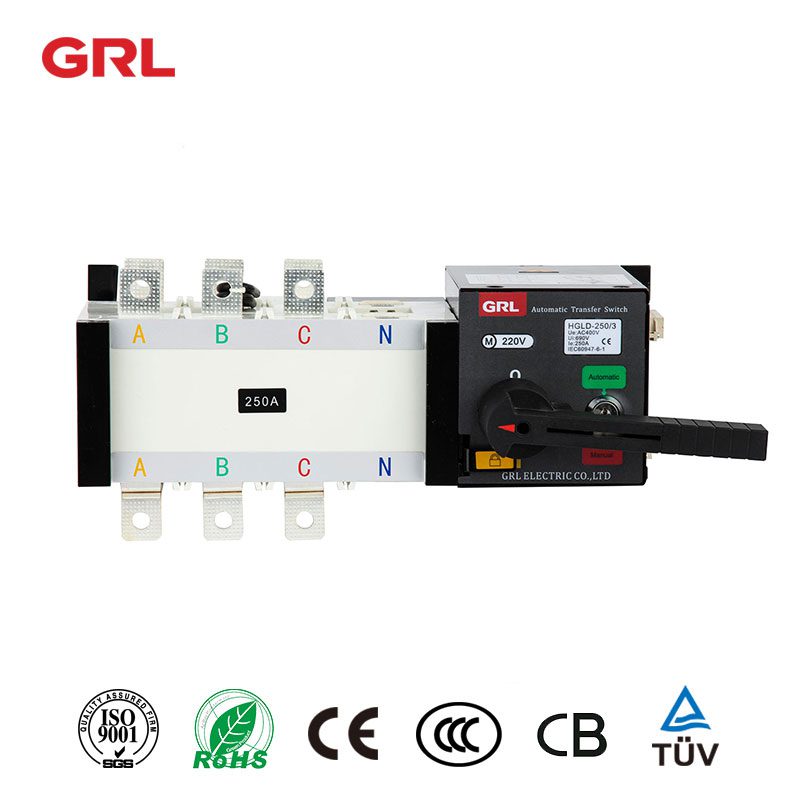
# Automated Trading System: Revolutionizing Financial Markets
## The Rise of Automated Trading Systems
Automated Trading Systems (ATS) have transformed the financial landscape in recent years. These sophisticated computer programs execute trades based on predefined algorithms, eliminating human emotion and error from the trading process. Financial institutions and individual traders alike are increasingly adopting ATS to gain a competitive edge in today’s fast-paced markets.
## How ATS Works
An ATS follows a set of rules and parameters to identify trading opportunities and execute orders automatically. The system typically includes:
– Market data analysis components
– Risk management protocols
– Order execution mechanisms
– Performance monitoring tools
These systems can process vast amounts of data in milliseconds, reacting to market changes faster than any human trader could.
## Benefits of Automated Trading
ATS offers numerous advantages over traditional manual trading:
– Speed: Executes trades in microseconds
– Consistency: Follows strategy without emotional interference
– Backtesting: Allows strategy testing on historical data
– Diversification: Can monitor and trade multiple markets simultaneously
– Reduced costs: Minimizes human intervention and associated expenses
## Types of Automated Trading Strategies
Various algorithmic approaches power ATS:
– Trend-following strategies
– Arbitrage opportunities
– Mean reversion models
– High-frequency trading (HFT) algorithms
– Market-making strategies
Each approach has unique characteristics and risk profiles suitable for different market conditions.
## Challenges and Considerations
While ATS offers significant benefits, traders should be aware of potential challenges:
– System failures or technical glitches
– Over-optimization of strategies
– Changing market conditions
– Regulatory compliance requirements
– Cybersecurity risks
Keyword: ATS
Proper risk management protocols are essential when implementing any automated trading solution.
## The Future of ATS
As technology advances, we can expect ATS to become even more sophisticated with:
– Increased use of artificial intelligence and machine learning
– Integration with alternative data sources
– Improved predictive analytics
– Greater accessibility for retail traders
– Enhanced risk management capabilities
The financial markets will continue evolving alongside these technological advancements, making ATS an increasingly vital tool for market participants.